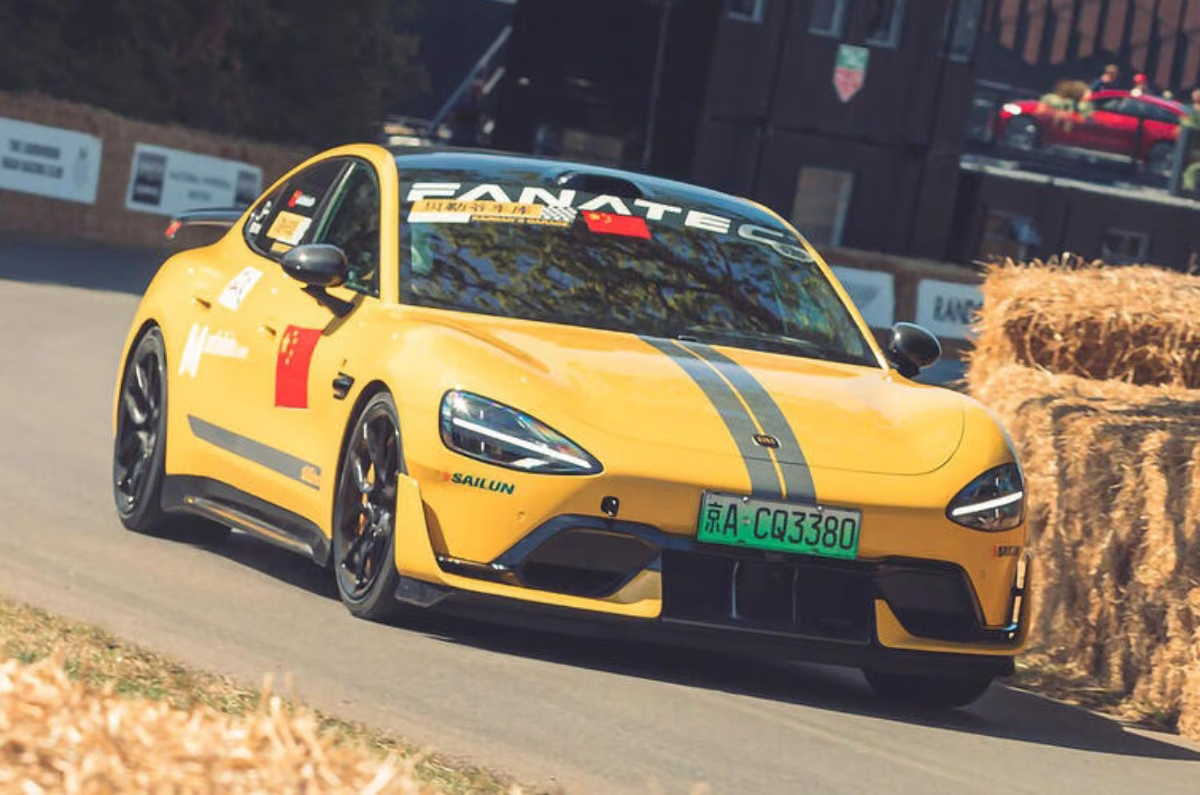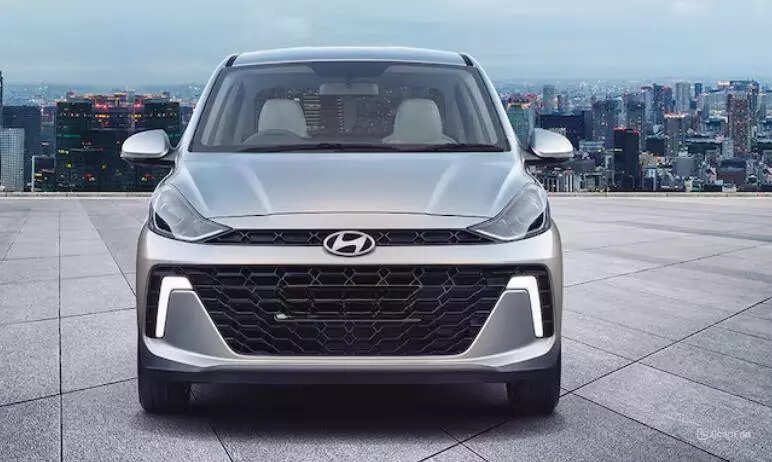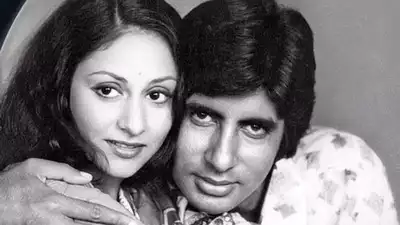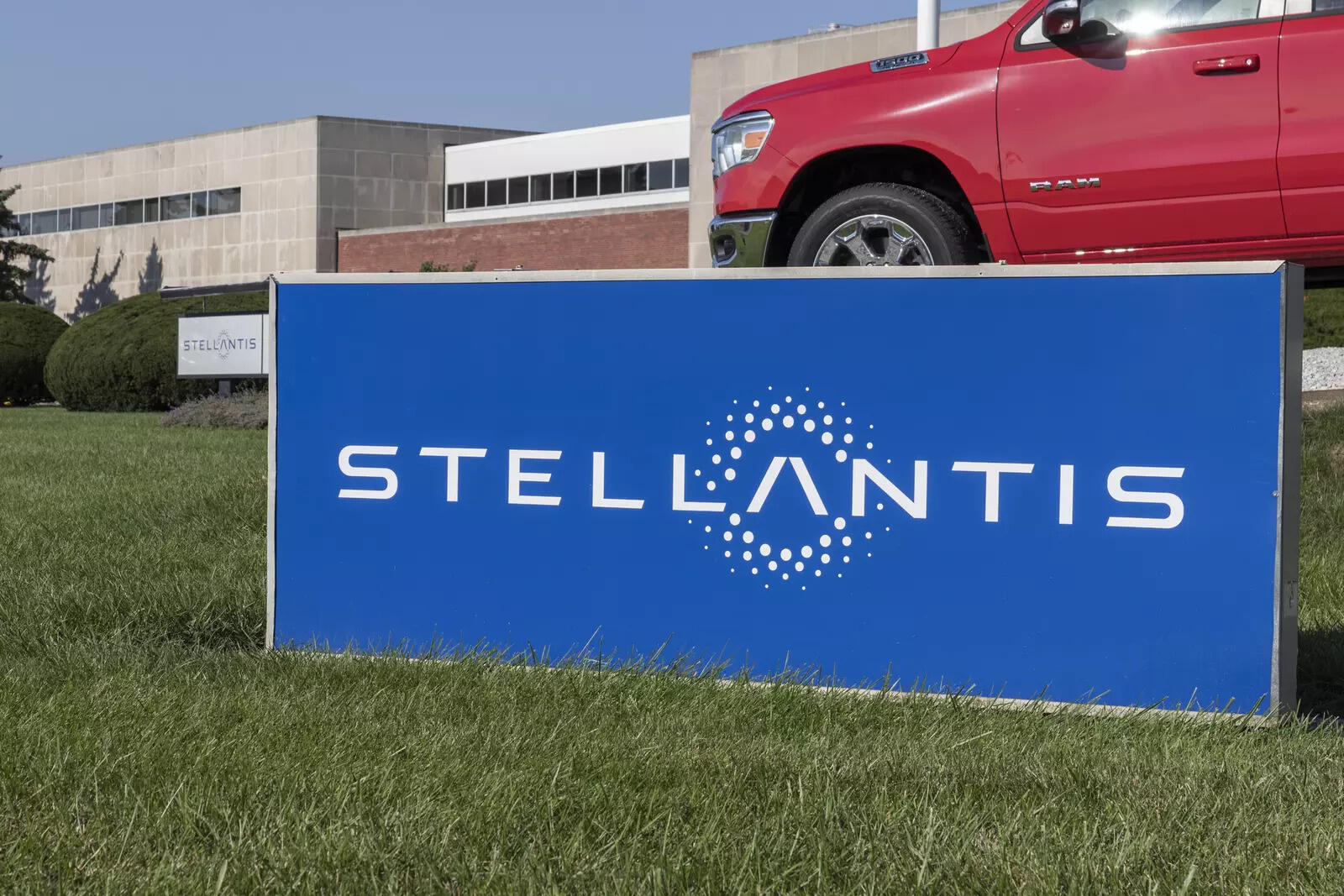 Stellantis, which remains a marginal player in the local market, is taking a phased approach to expansion, focusing on back-end capability, localisation and select product plays, its executives said.
Stellantis, which remains a marginal player in the local market, is taking a phased approach to expansion, focusing on back-end capability, localisation and select product plays, its executives said. Stellantis is considering a fresh round of investment in India, as the Dutch group that owns automotive brands like Fiat, Jeep, Chrysler and Peugeot aims to grow its retail network and launch new products in a market where its current share is under one per cent . The company, the world’s fourth-largest automaker, is also seeking to double its exports from India, said its top executives.
Stellantis, which has so far spent ₹11,000 crore in India, said the extent of the new investment will be guided by the scope of its future programmes and the balance between domestic and export-focused operations.
India is a “long game” market that requires consistent investment, product relevance and deeper ecosystem integration, Stellantis India managing director Shailesh Hazela said, terming the India plans as part of a 2.0 strategy. “It is not an easy market where success comes quickly, but the fundamentals are in place. We’re focusing on doing the right things that align with local needs,” he told ET.
Japanese and Korean manufacturers have a majority share in India’s automobile market, the third largest in the world.
Homegrown Tata Motors and M&M are also significant players, accounting for nearly a quarter of sales between them.
Stellantis, which remains a marginal player in the local market, is taking a phased approach to expansion, focusing on back-end capability, localisation and select product plays, its executives said. Sustained growth though will depend on how well the company aligns its offerings with Indian consumer expectations and competitive pricing structures.
The company’s current India line-up includes the Jeep portfolio and Citroen models like the C3 hatchback, C3 Aircross, and the recently launched Basalt. However, none have yet delivered volumes at scale. The firm’s retail network and brand visibility lag its rivals.
While domestic sales remain modest, India is gradually emerging as a back-end for Stellantis’ global operations. “India is the priority for the Asia-Pacific region,” said Hazela. “If India is strong, the region benefits in terms of local production, cost competitiveness and speed of response to the market.”
Last year, the company exported about 10,000 fully built vehicles, along with 300,000 engines and powertrains, from India. India currently accounts for roughly 2 per cent of the group’s global volume base of 5-6 million units. The component supply chain has also been significantly scaled up; it now works with 500 local suppliers.








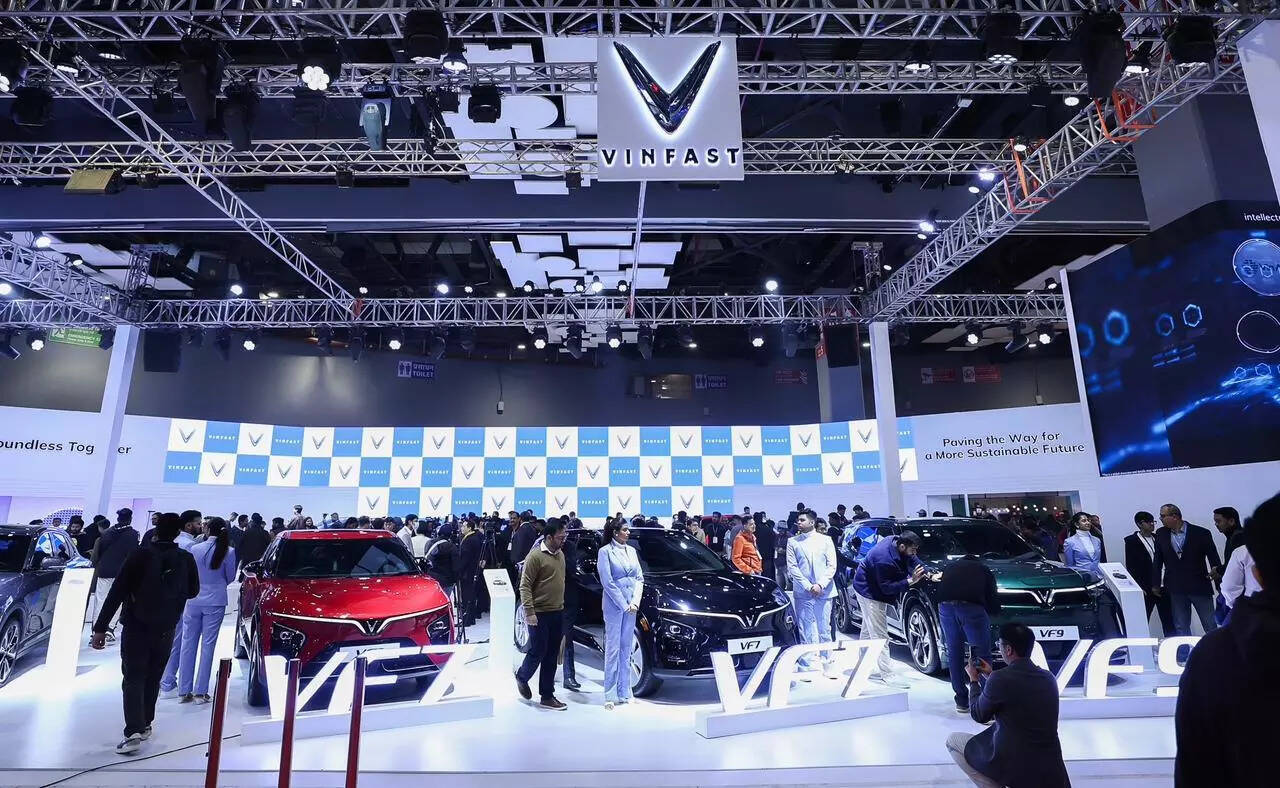
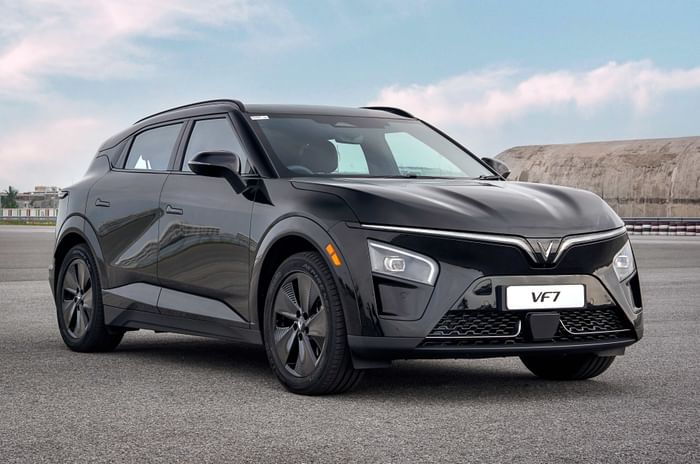

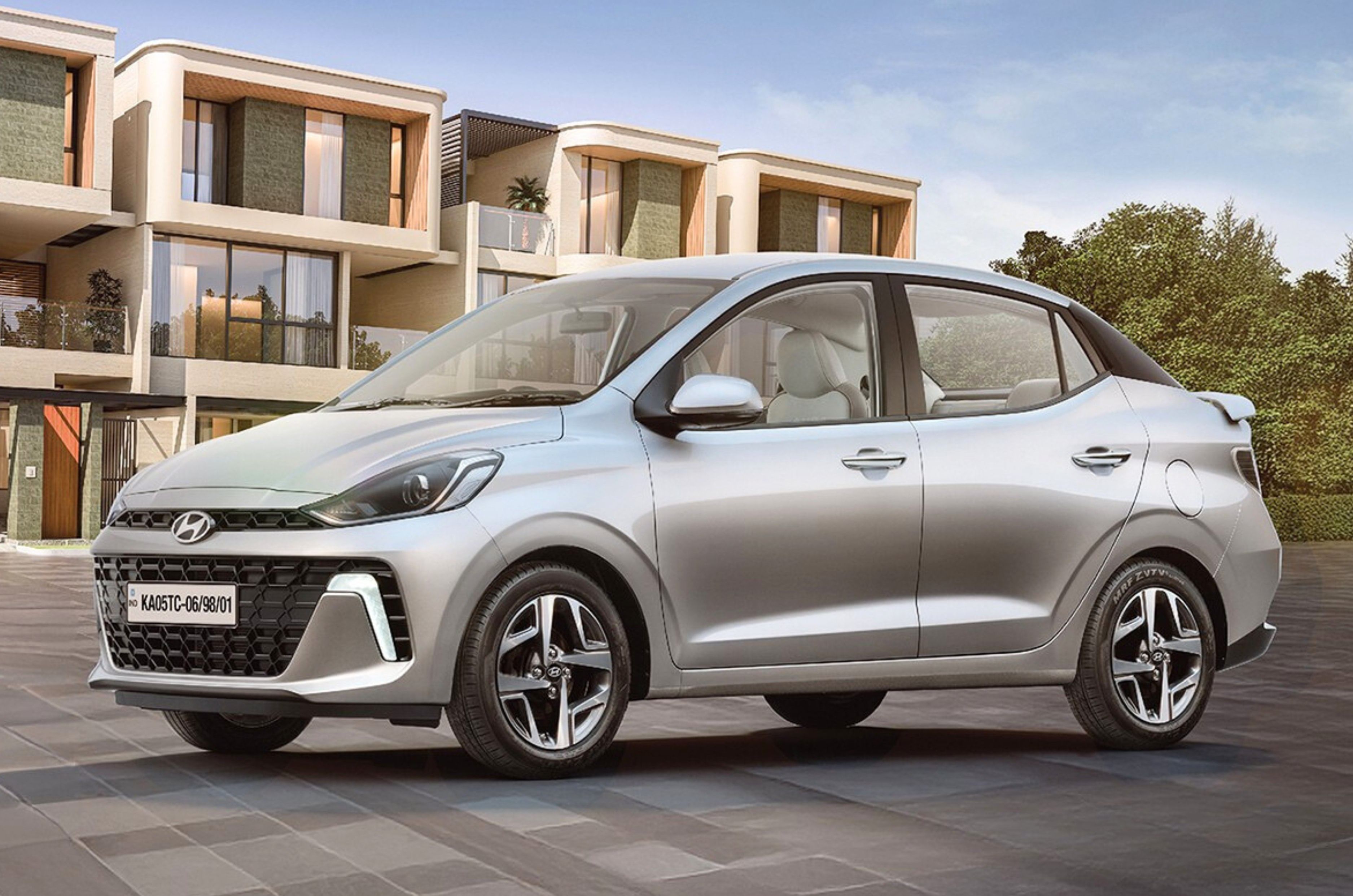
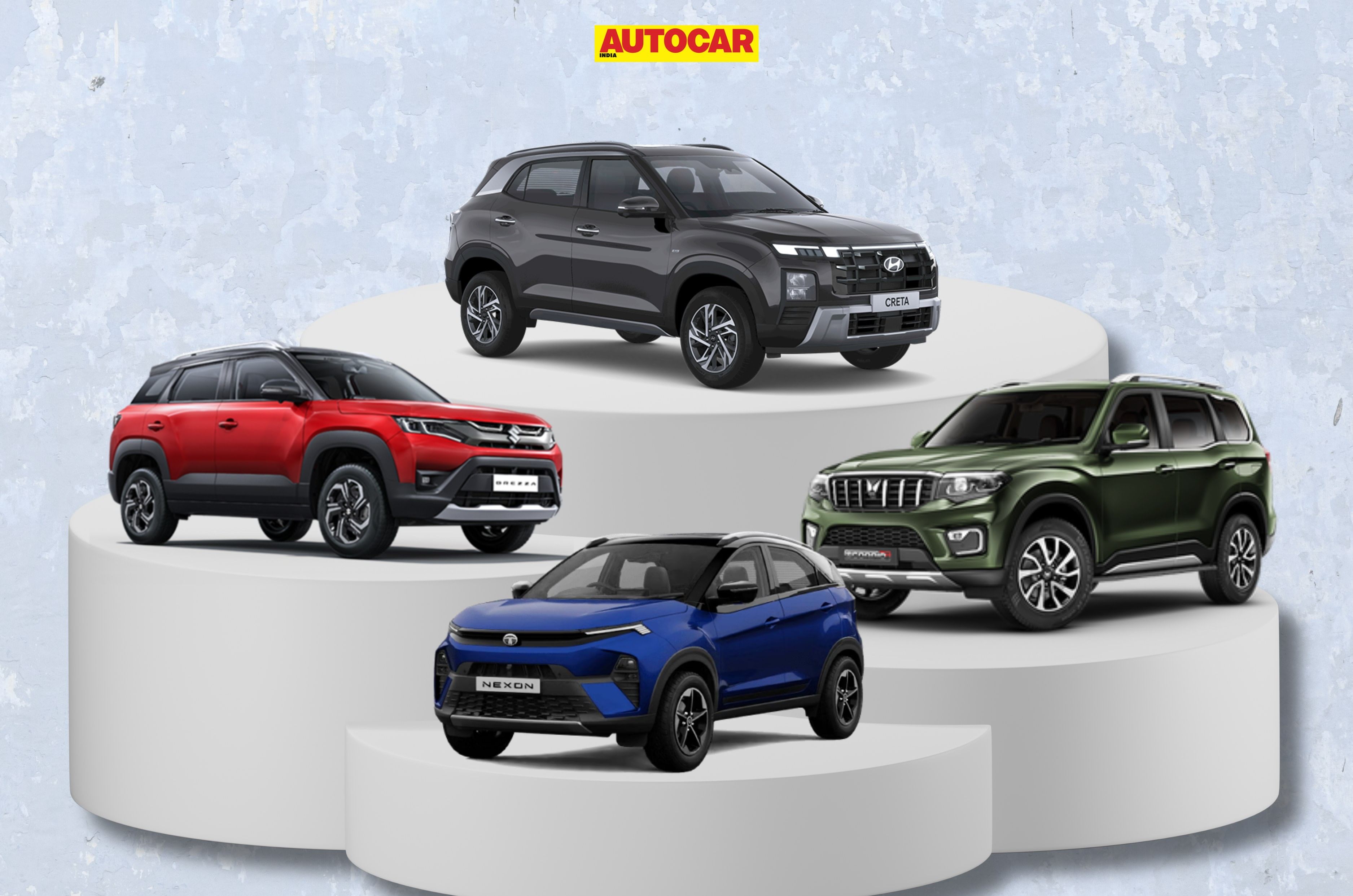
.jpg?w=700&c=0)
